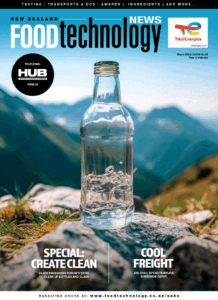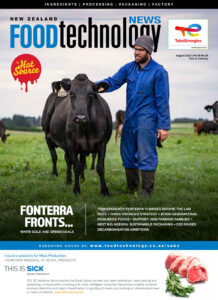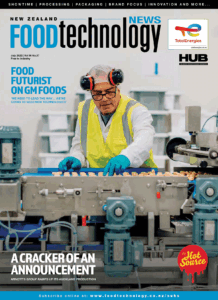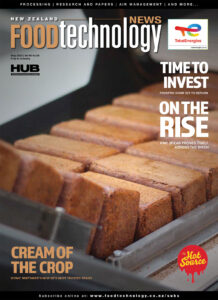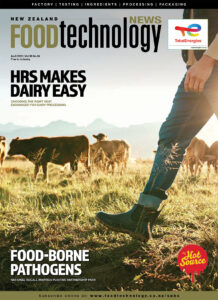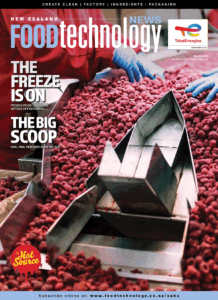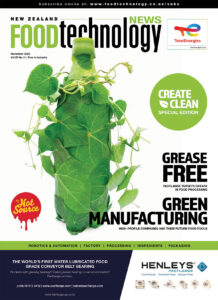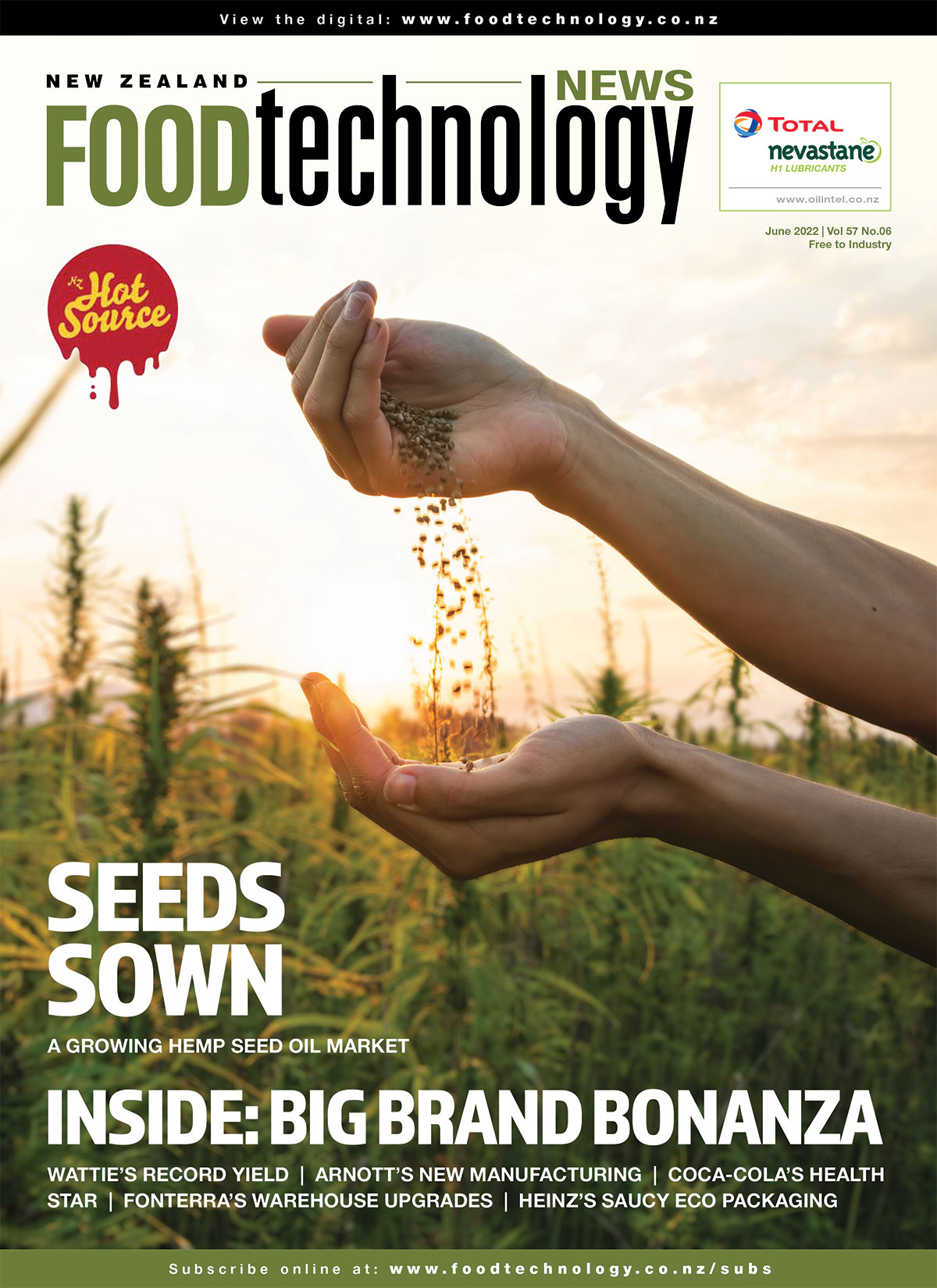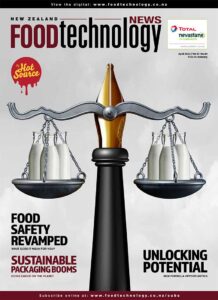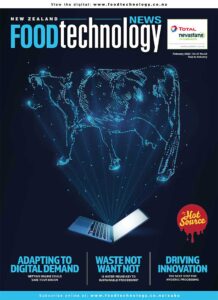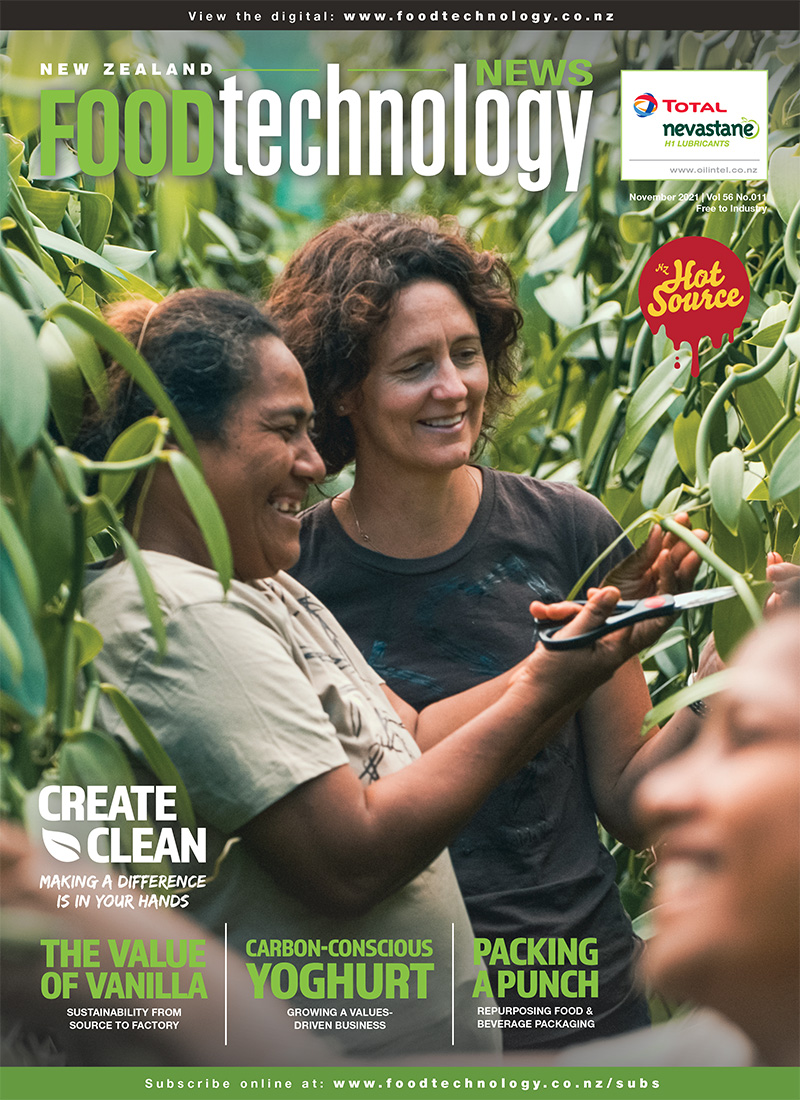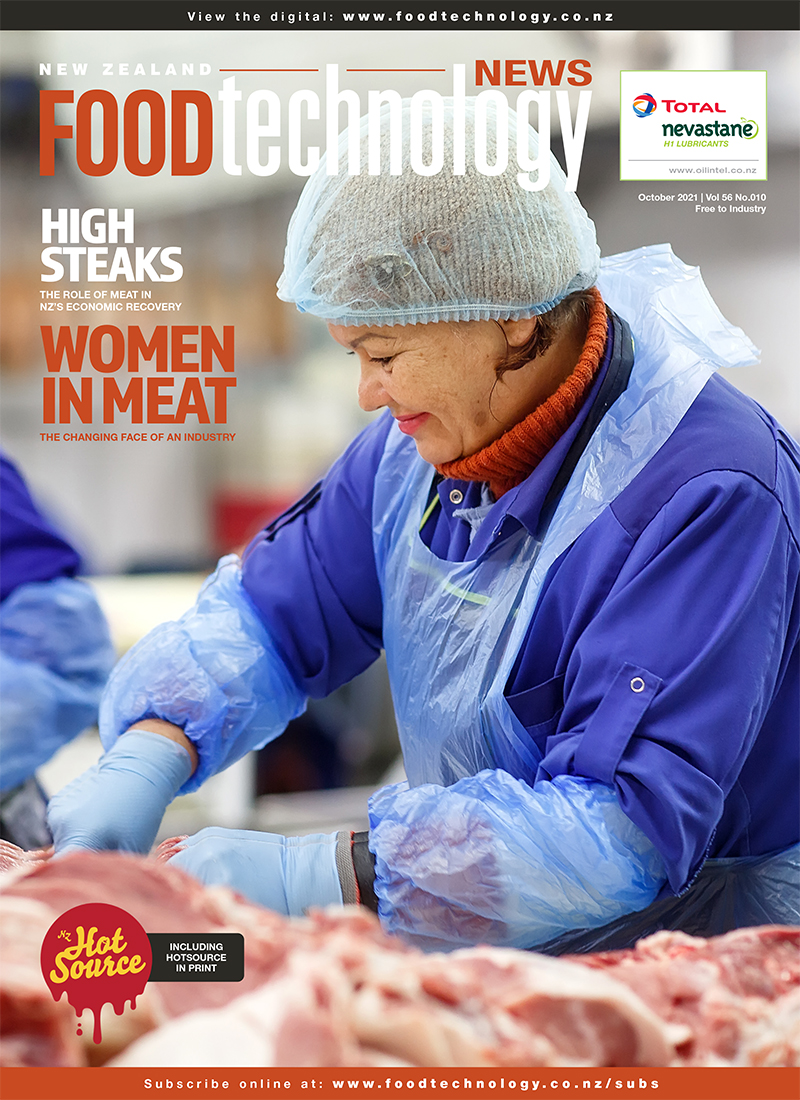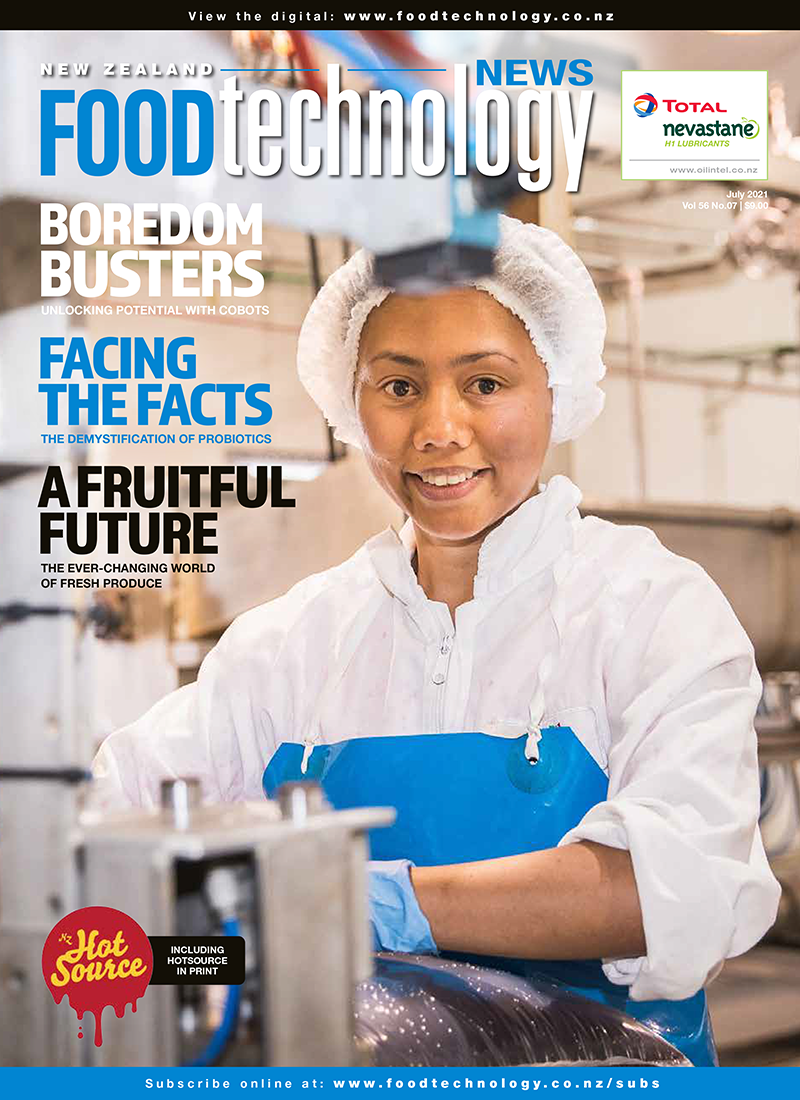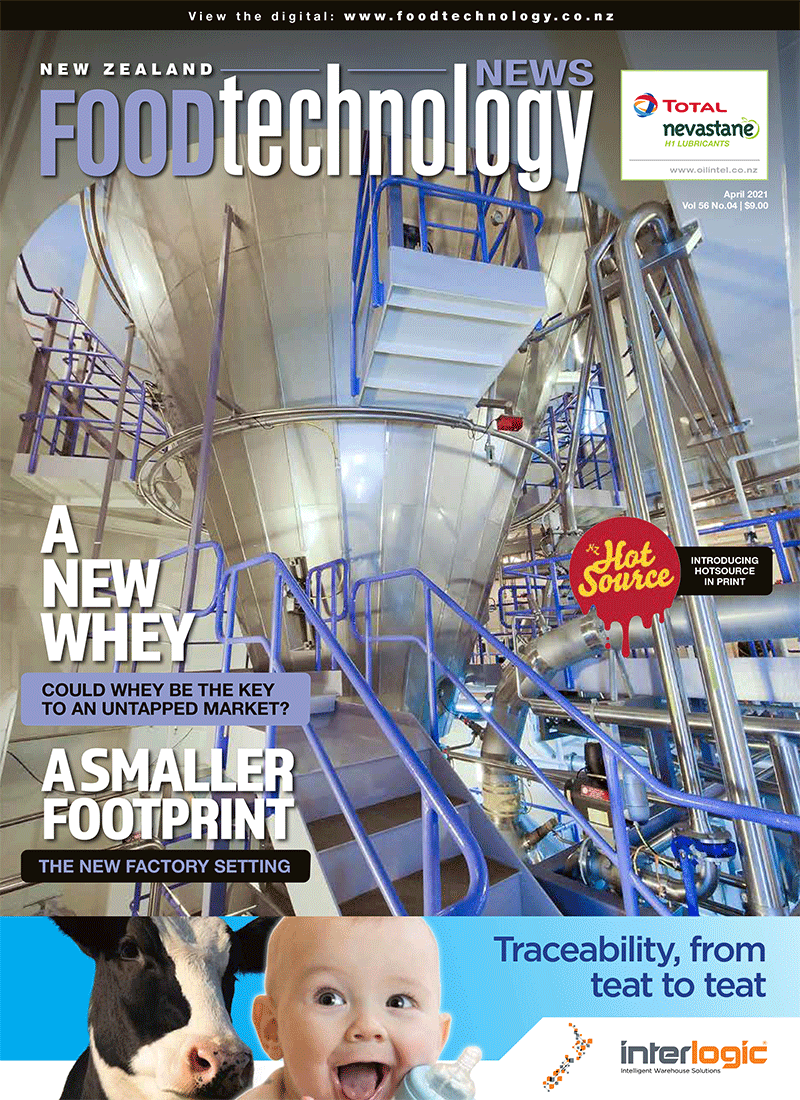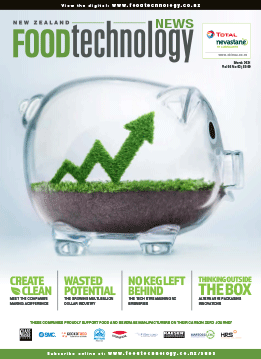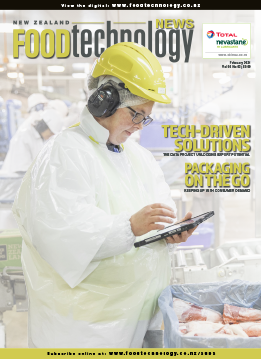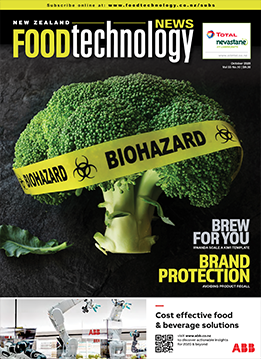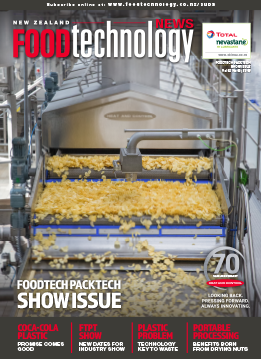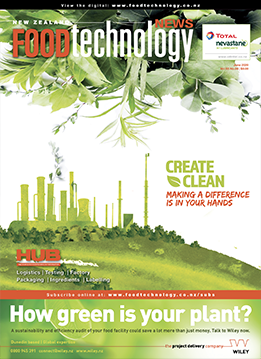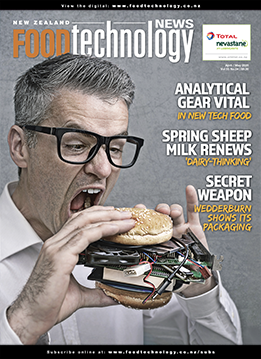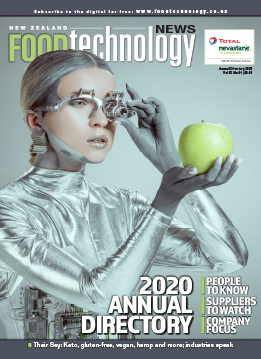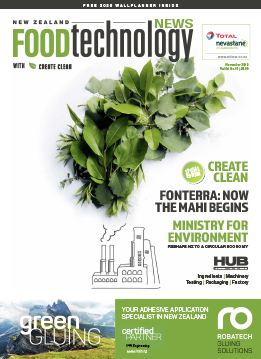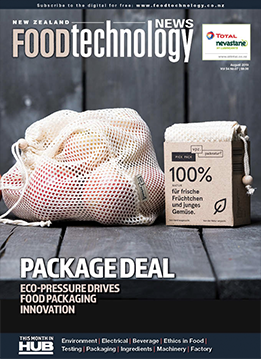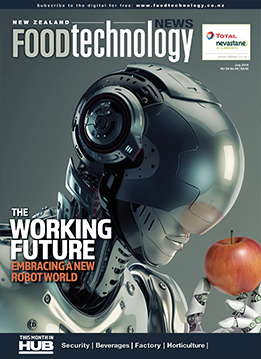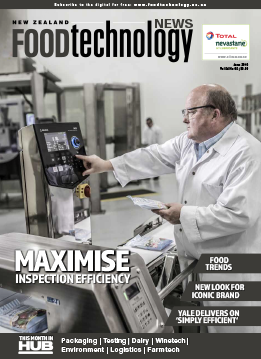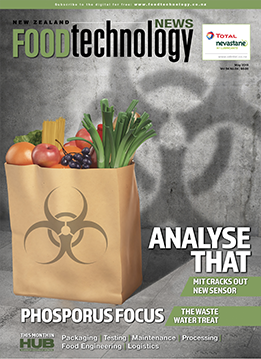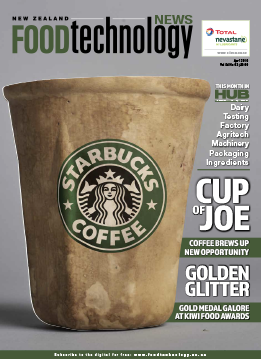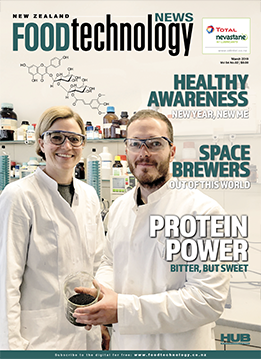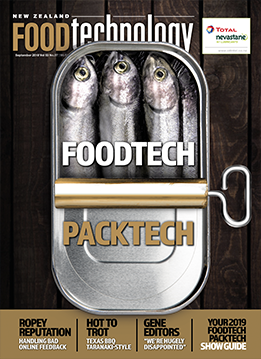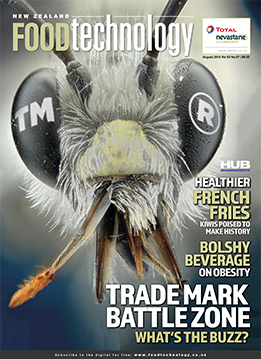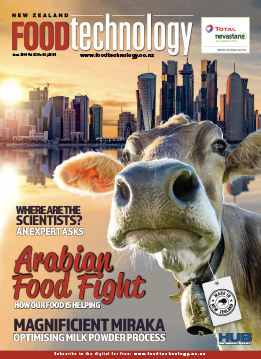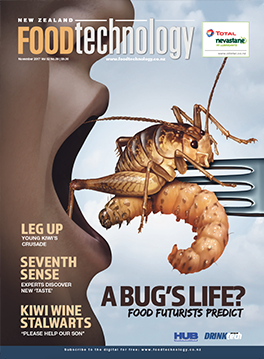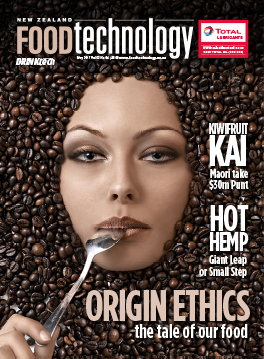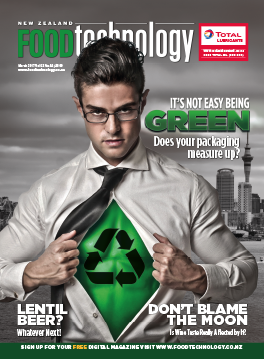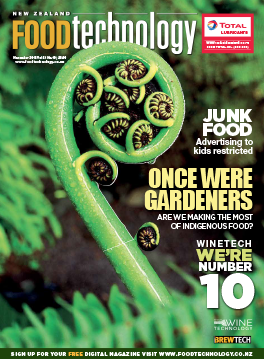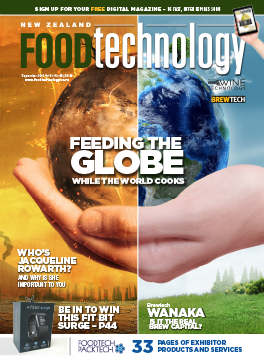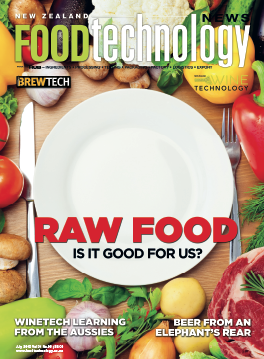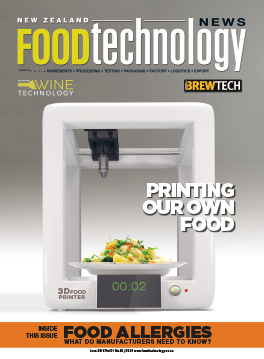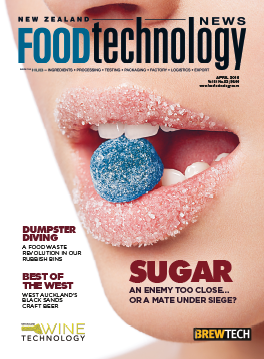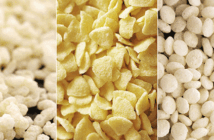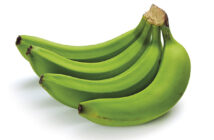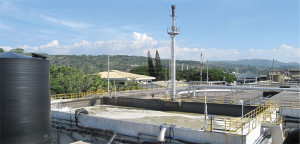
Environmentally advanced technologies available in Australasia are helping transform effluent from crops from an environmental liability into a profit centre.
Environmentally advanced technologies available in Australasia are helping transform effluent from crops from an environmental liability into a profit centre.
The anaerobic digestion technologies – recently applied to a major South East Asian pineapple producer – extract biogas from crop-processing wastewater streams to simultaneously raise water quality while generating methane to replace fossil fuels used in production processes. GWE says the technology involved in this case study applies not only to pineapple production but also to a wide range of Australian and New Zealand food industries, including livestock and horticultural operations dealing with fruit and vegetables, grain crops and any agribusiness with a biological waste stream.
The waste-to-energy project undertaken by the world’s largest integrated pineapple operation Del Monte Philippines has exceeded even the high effluent quality targets originally set for the job. The Global Water Engineering wastewater treatment installation at the Cagayan de Oro pineapple canning plant has achieved 93% organic pollution removal in its anaerobic reactors, producing in the process enough green energy (methane rich biogas) to power two 1.4 MW generating electrical power generator units or gensets.
Furthermore, the effluent from the anaerobic digestion step is polished in an activated sludge-type final treatment step to satisfy the local discharge effluent standards. The company – which accounts for about 10% of the world’s annual production of processed pineapple products – will benefit from environmentally clean electricity to replace fossil fuels typically used in electrical power plants.
And the waste heat from the gensets is also used to heat up steam boiler feed water, which is a further reduction of fossil fuel use in the factory, the company’s chairman and chief executive Jean-Pierre Ombregt says.
Del Monte Philippines processes more than 700,000 tons of pineapple and papaya a year to produce more than 100 food and vegetable variants, making it one of the largest producers, distributors and marketers of premium quality, branded food products for the US retail market through its affiliate DMFI, as well as private label products.
Ombregt says benefits of the company’s new wastewater and green energy plant mean that it can replace fossil fuels with green energy, and given the high prices of electricity from the grid (and the sometimes erratic supply), the plant will achieve rapid return-on-investment payback of around two-to-five years.
“The plant has substantially exceeded even the high environmental goals set by the company for the treating of more than 13,000 cubic metres a day of wastewater, or nearly five million cubic metres a year,” Ombregt says.
Process results are substantially better than the guaranteed levels of the project, with anaerobic effluent achieving ca. 40 mg/l COD (93% removal) and final effluent achieving 70 mg/l COD, or a further 83% removal.
“This is remarkable in an operation so large. In terms of the positive environmental impact and the virtually free electricity gains going straight to the bottom line, this is an exemplary project for food, beverage and agribusiness processors worldwide.”
Global Water Engineering’s anaerobic technologies have been successfully deployed on diverse organic and agribusiness waste streams produced by industries including food and beverage processing, starch and fermentation, pulp and paper, and many other types of agro-industry. The company’s New Zealand representative Michael Bambridge from CST Wastewater Solutions says applications here include meat, dairy, fruit processing and brewery production.
“Biogas from waste water is an outstanding source of base load power. As part of a renewable energy mix – complementing wind and solar generation, for example – electricity generated with biogas is highly reliable and consistent,” Bambridge says.
“As the major component of natural gas, methane is an environmentally attractive alternative to fossil fuels.”
The most recent study of Australasian business attitudes to environmental issues, commissioned by CST Wastewater Solutions, finds industry is convinced about the potential financial viability of sustainable energy and water initiatives, if sanguine about the failure rate in Australia and New Zealand so far, Bambridge says.








